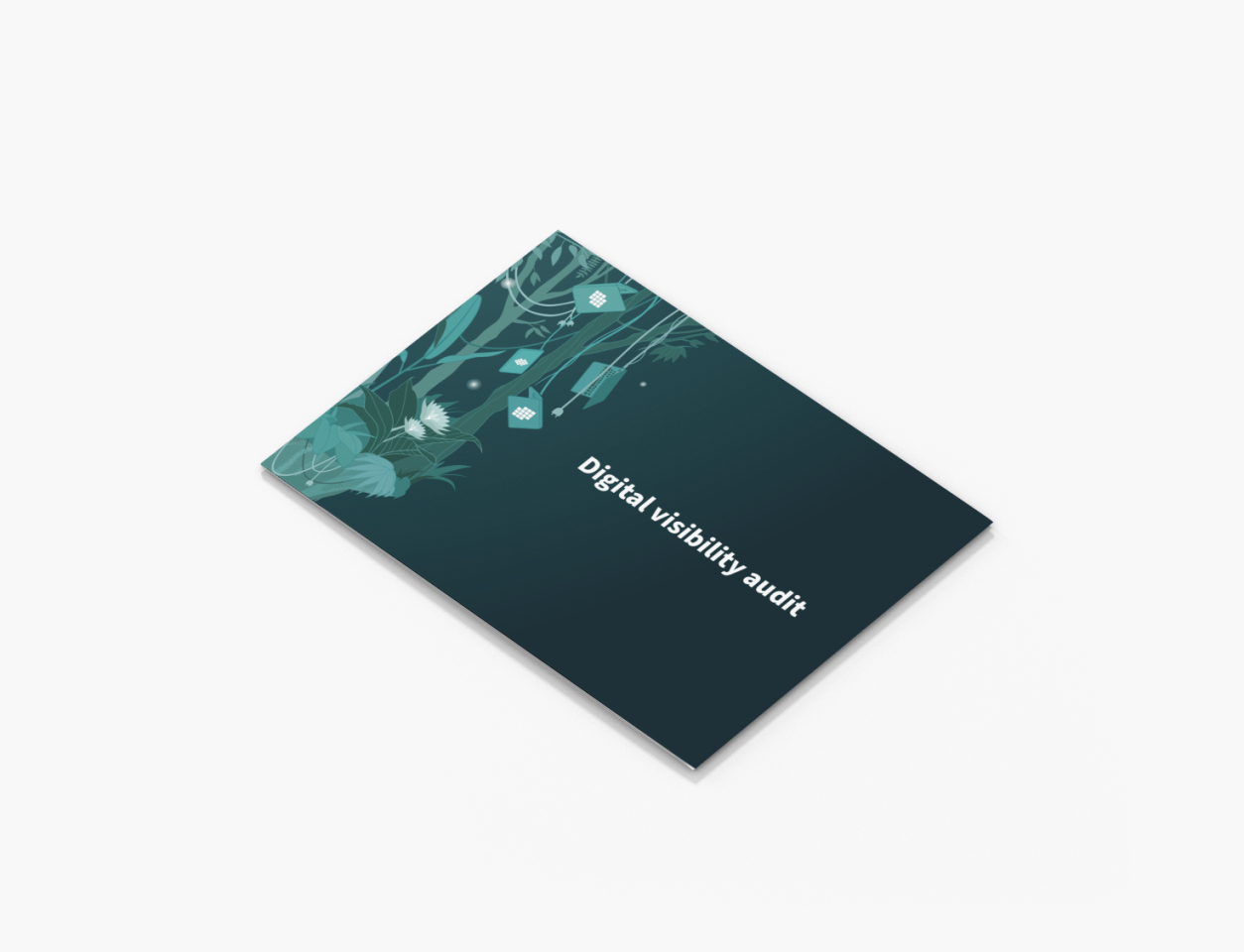
Why the planning phase matters in your customer-centric website development journey
20 Apr 2023 • Technology & Digital Development
A closer look at the key steps in creating your perfect, customer-centric website
In today’s digital age, websites play a crucial role in the online success of any business. A customer-centric website captivates your target audience and contributes to better search engine rankings. The planning phase is critical for ensuring your website caters to your audience’s needs and search engine optimization (SEO) best practices. This article will discuss the importance of the planning phase and how it sets the stage for successful website development.
Getting to know your target audience
Before starting the design process, it is essential to thoroughly understand your target audience – their demographics, preferences, and online behavior. This understanding helps create a customer-centric website that genuinely resonates with your audience, leading to improved user engagement and higher search engine rankings.
Here are some tips on how to do it:
Ask your clients: No one knows better what they want than your existing clients. Interview dissatisfied customers, too – they have valuable insight into what has gone wrong.
Develop user personas: Create detailed user personas representing different segments of your target audience. These personas can help you better understand your users.
Use Google Analytics: Leverage Google Analytics to gather data on your website visitors, such as their demographics, interests, and online behavior.
Analyze user feedback: Collect and analyze user feedback through email, social media, and customer reviews. This feedback can provide insights into your target audience’s likes and dislikes about your current website.
Utilize user testing: Conduct user testing sessions with members of your target audience to observe how they interact with your website. This will help you identify any usability issues and better understand the needs and preferences of your users.
Setting clear goals and objectives
While planning and designing a customer-centric website, we should define clear goals and objectives, such as increasing brand awareness, generating leads, or providing customer support. These goals guide design, content, and feature decisions, ensuring the website serves its intended purpose.
Setting clear objectives and KPIs is vital for the success of any web development project. By selecting relevant and measurable KPIs and monitoring progress, we can build a customer-centric website or service that meets your organization’s goals and performs well in search engine rankings.
Crafting a great user experience (UX) design
User experience is a top priority. During the planning phase, mapping out user flows, navigation, and the overall site structure, helps us build something visitors enjoy using. An exceptional user experience results in lower bounce rates and higher conversion rates, signaling to search engines that the website is valuable and worth ranking.
Building a comprehensive content strategy
A robust content strategy is essential for engaging your target audience and boosting SEO efforts. Content strategy should cover the types of content needed, how it’s organized on the site, and how, when, and by who it will be produced. High-quality, relevant, and engaging content not only keeps users coming back but also improves search engine rankings.
As part of your content strategy, you should:
- Set goals: Define your website’s primary objectives to align your content with your business goals.
- Do keyword research: Identify relevant keywords to improve search engine rankings and drive organic traffic.
- Select relevant content types: Diversify your content mix to engage users with different preferences.
- Produce relevant, high-quality content: Create well-researched, accurate, and valuable content for better engagement and search rankings.
- Optimize the content for search engines: Use relevant keywords, meta tags, and header tags to improve your website’s visibility.
Psst!
If you are planning to improve your website, why not start with our free digital visibility audit.

Technical decisions
Technical aspects such as responsiveness, accessibility, and technology choices should, of course, be carefully considered. During the planning phase, these factors are addressed to ensure the website performs optimally on various devices and platforms, contributing to customer satisfaction and SEO success.
Conclusion
By prioritizing your target audience’s needs, optimizing your website for SEO, and considering both technical and content aspects, the groundwork for a successful and customer-centric website can be laid. Trust in the planning phase to ensure your website effectively engages your audience meets their needs and achieves your business goals.
Shortcuts
- A closer look at the key steps in creating your perfect, customer-centric website
- Getting to know your target audience
- Here are some tips on how to do it:
- Setting clear goals and objectives
- Crafting a great user experience (UX) design
- Building a comprehensive content strategy
- As part of your content strategy, you should:
- Technical decisions
- Conclusion






